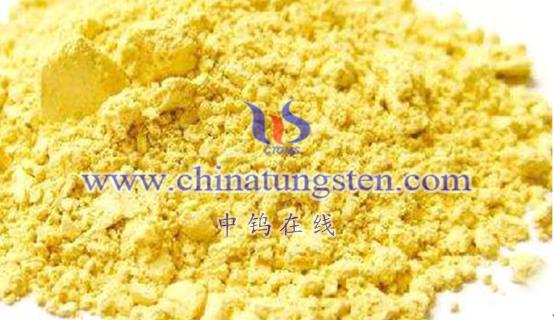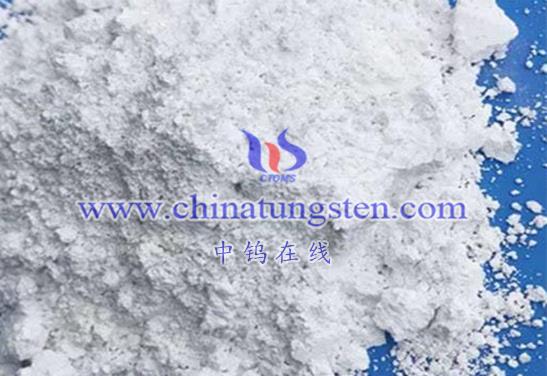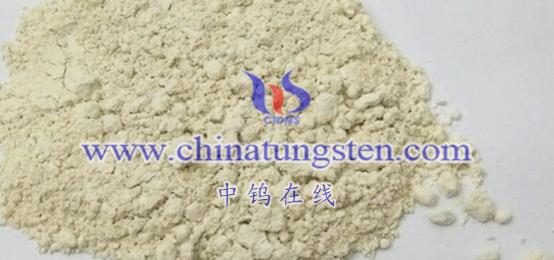
Nano tungsten oxide, especially nano tungsten trioxide (WO3), exhibits excellent performance in the field of photocatalysis. Below is a detailed analysis of its photocatalytic properties:
- Photocatalytic Activity
Due to its nanoscale effects, nano tungsten oxide has a larger specific surface area and more reactive sites, significantly enhancing its photocatalytic activity. Under light exposure, nano tungsten oxide can absorb light energy and convert it into chemical energy, promoting the photocatalytic reaction. This efficient energy conversion and transfer mechanism endows nano tungsten oxide with vast potential applications in the field of photocatalysis.
- Light Absorption Capacity
Nano tungsten oxide has excellent light absorption capabilities, able to absorb both visible light and ultraviolet light. This broad light absorption spectrum allows nano tungsten oxide to perform effective photocatalytic reactions under various light sources. For instance, in applications like water splitting for hydrogen production and photocatalytic degradation of organic pollutants, nano tungsten oxide can efficiently utilize natural light sources such as sunlight, achieving green and sustainable energy conversion and pollution management.
- Photocatalytic Stability
Nano tungsten oxide demonstrates good stability during photocatalytic reactions. It is chemically stable and resistant to damage by reactive species produced in the photocatalytic process. Additionally, while nano tungsten oxide has a high surface activity, its stability can be further enhanced through surface modification or composite treatments, ensuring that it maintains efficient photocatalytic performance over extended periods in practical applications.
- Photocatalytic Efficiency
The photocatalytic efficiency of nano tungsten oxide is influenced by several factors, including its morphology, size, crystalline phase, and surface modifications. Optimizing these parameters can significantly improve its photocatalytic efficiency. For example, creating nano tungsten oxide with specific morphologies (such as nanowires or nanosheets) can increase its specific surface area and reactive sites. Additionally, doping or combining it with other materials can adjust its band structure and improve the separation efficiency of photogenerated charge carriers, enhancing its overall photocatalytic performance.
- Practical Applications of Photocatalysis
Nano tungsten oxide has a wide range of applications in the field of photocatalysis. For instance, in water splitting for hydrogen production, nano tungsten oxide can act as a photocatalyst to promote the decomposition of water molecules into hydrogen and oxygen. In the photocatalytic degradation of organic pollutants, it can degrade harmful substances like dyes and pesticides in water. In air purification, nano tungsten oxide can remove harmful gases and microorganisms from the air. Moreover, it is also used in the photocatalytic conversion of carbon dioxide, antibacterial applications, and self-cleaning surfaces.
Conclusion
Nano tungsten oxide demonstrates excellent photocatalytic performance, including high photocatalytic activity, broad light absorption spectrum, good stability, and high efficiency. These attributes give it significant potential and research value in various applications within the field of photocatalysis.
More details of tungsten oxide product, please visit website: tungsten-oxide.com
Please contact CHINATUNGSTEN for inquiry and order of tungsten oxide:
Email: sales@chinatungsten.com
Tel.: 86 592 5129595








